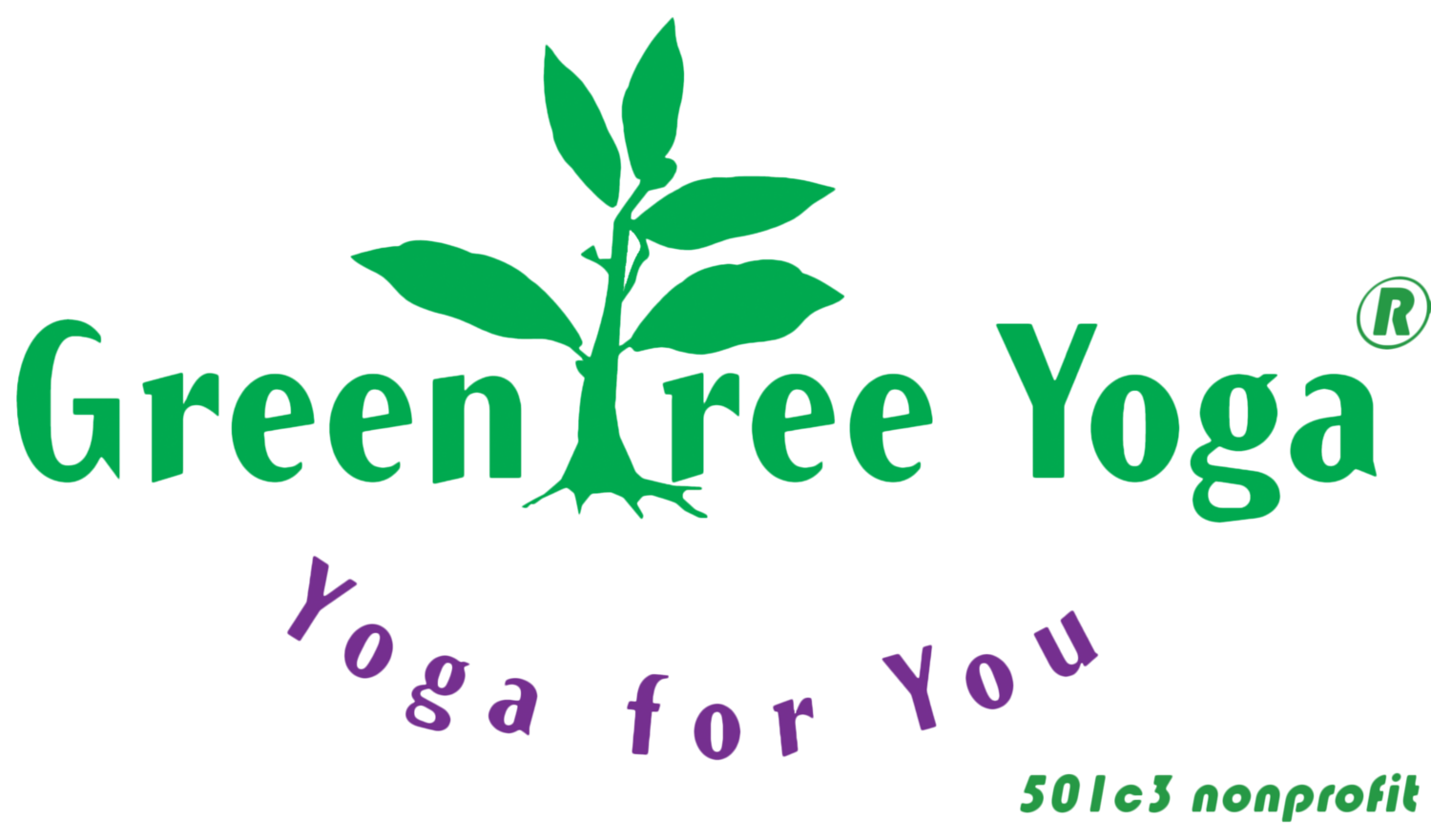Why is Yoga a Healing Tool for Trauma, PTSD, andVicarious Trauma?
As Bessel van der Kolk, M.D. says, the goal of working with trauma is to help people live in the present. He notes that for people suffering from trauma, safety is the bottom line. But people need to feel their bodies as a first step, they need to build body awareness.
What can a trauma-sensitive yoga practice offers people:
- A way for people to ‘feel’ their bodies.
- A way to befriend their bodies and to feel safe.
- A way to regulate core arousal systems through simple breathing techniques.
- A way to use the brain’s strong abilities to rewire the brain so that people may find joy in their lives again.
One of the most helpful resources on this topic is David Emerson’s Overcoming Trauma Through Yoga. As he outlines, trauma-sensitive yoga help people to:*
- Experience the Present
- Practice making choices
- Practice taking effective action
- Create rhythms (connections – with self, with others)
- Develop spatial orientation
- Sense body dynamics
*From Overcoming Trauma Through Yoga: Reclaiming the Body by David Emerson and from a trauma-sensitive yoga training at the Trauma Justice Institute, 2012.
It is important to note that not all yoga is trauma-sensitive yoga. There are many different styles and approaches to teaching yoga. Trauma-sensitive yoga needs specific language, teacher qualities, environment, and cues. Just as an example, certain props, yoga poses, and use of language can act as trauma triggers. A regular yoga class could actually serve to increase anxiety and trauma.
For a list of books and resources, including for veterans, CLICK HERE


